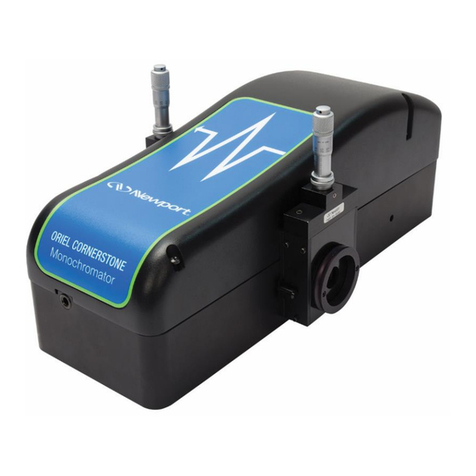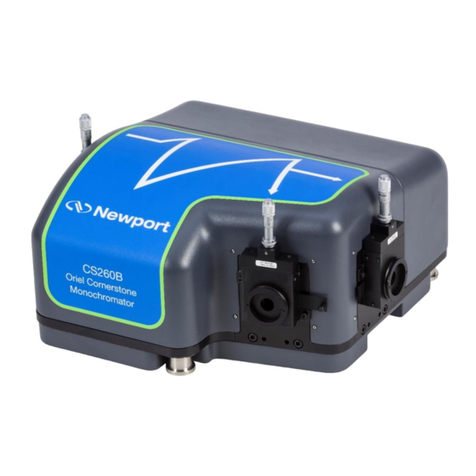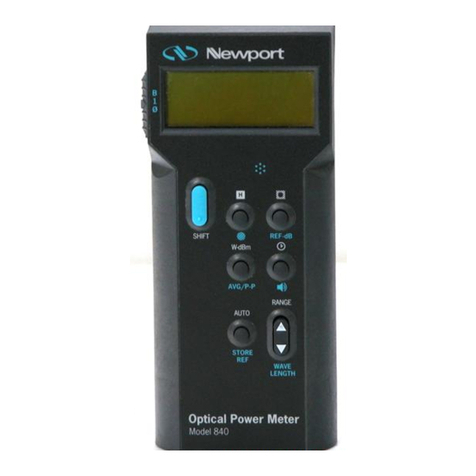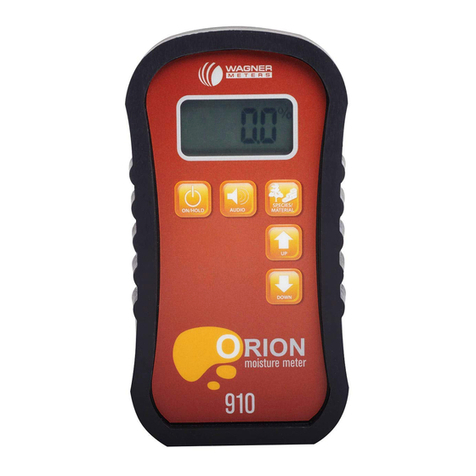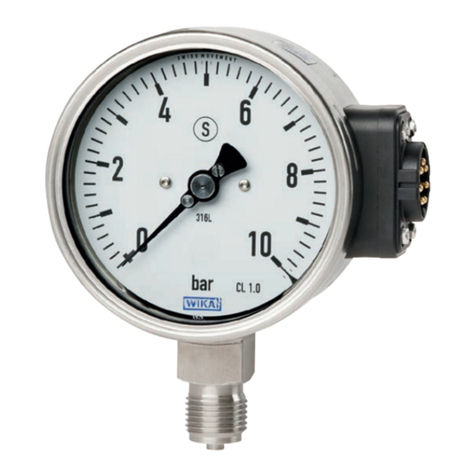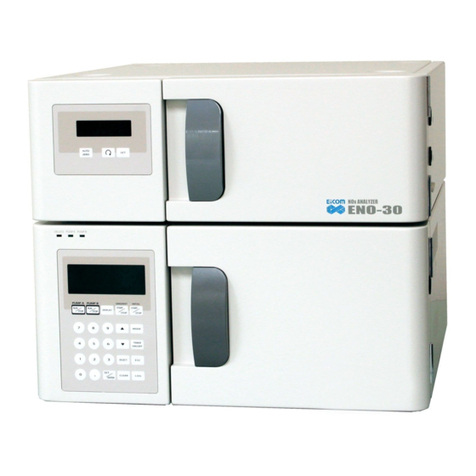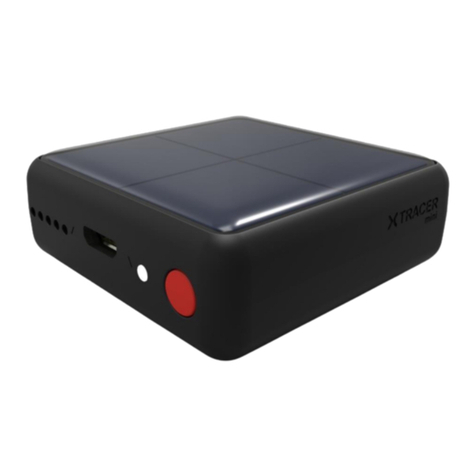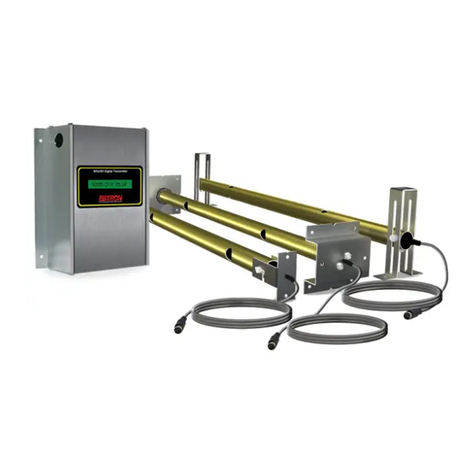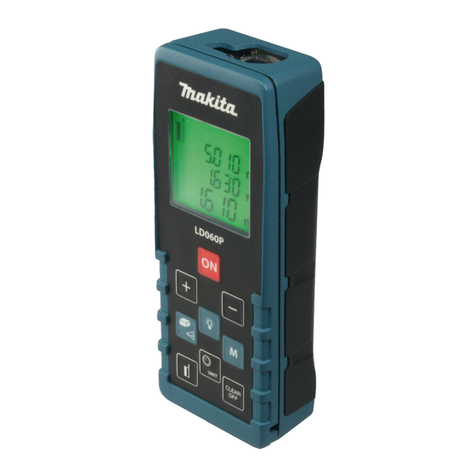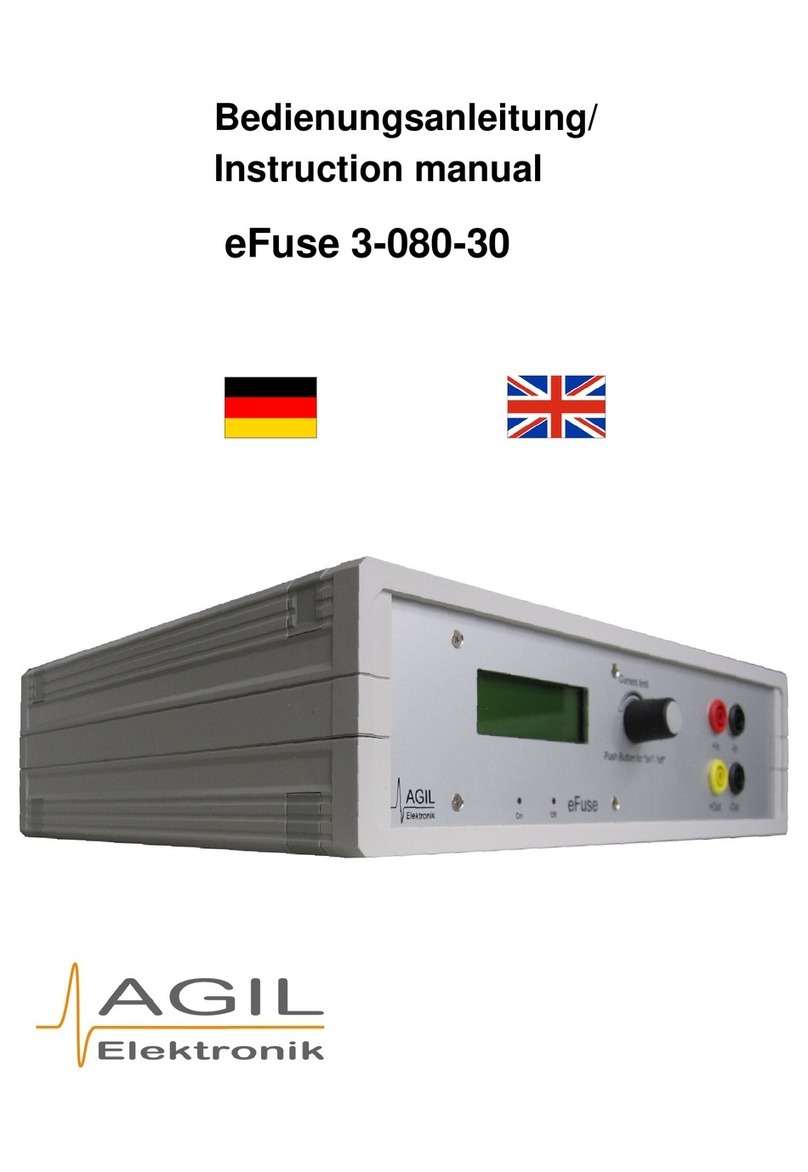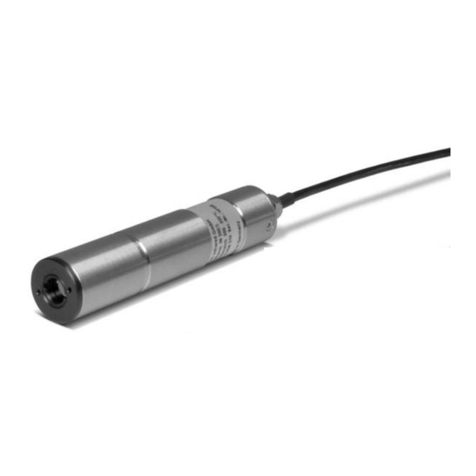Newport N-STP-910 User manual



















Other manuals for N-STP-910
1
This manual suits for next models
1
Other Newport Measuring Instrument manuals
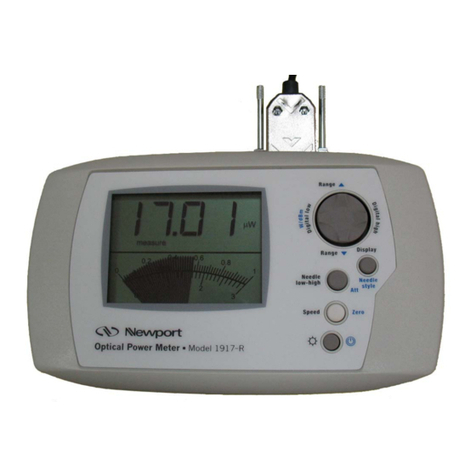
Newport
Newport 1917-R User manual

Newport
Newport 1825-C User manual
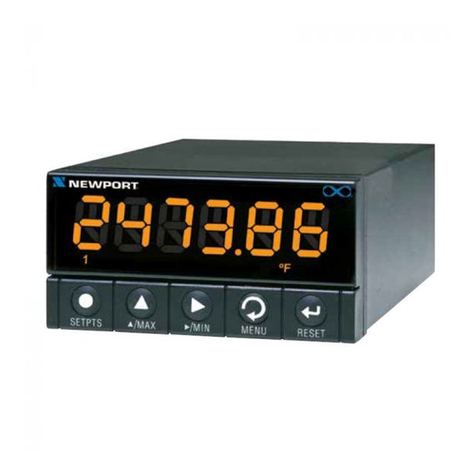
Newport
Newport INF-B User manual
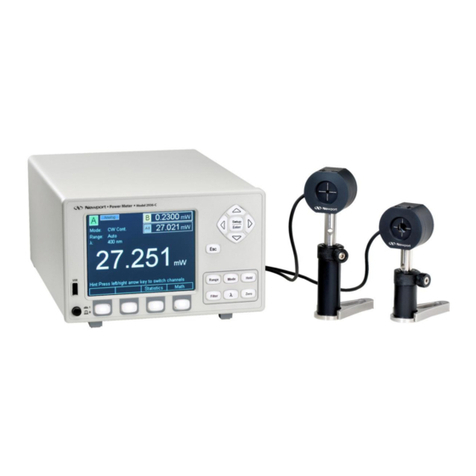
Newport
Newport 1936-R series User guide

Newport
Newport 835 User manual
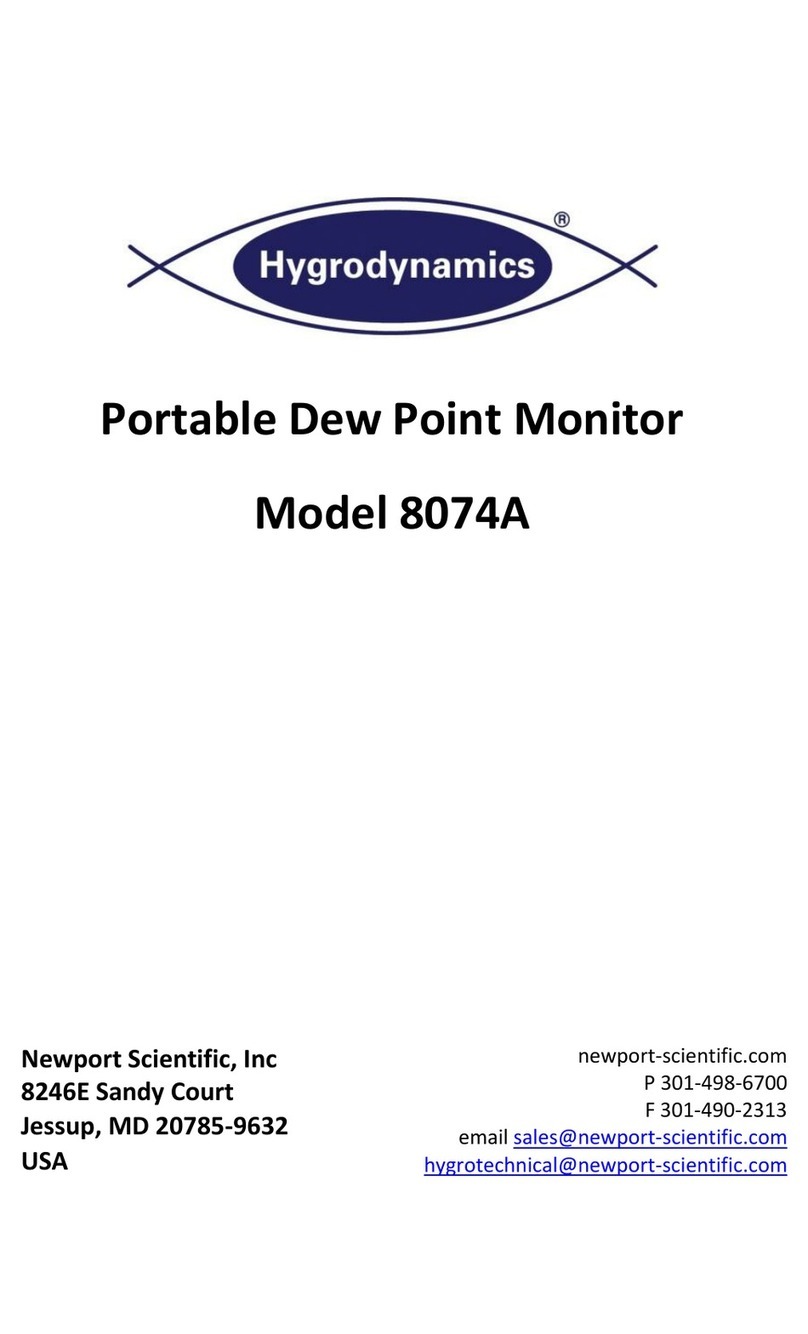
Newport
Newport Hygrodynamics 8074A User manual
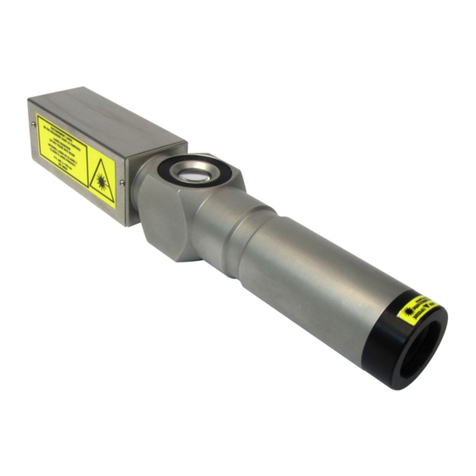
Newport
Newport CONEX-LDS User manual
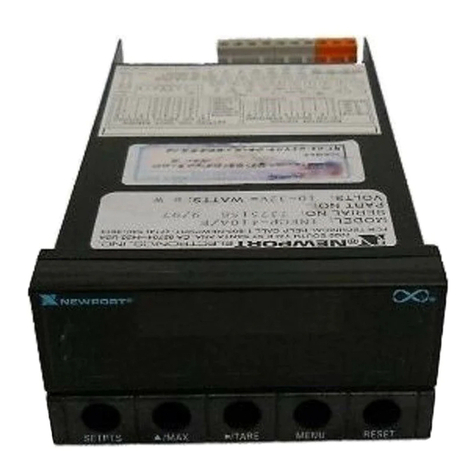
Newport
Newport INFCP User manual
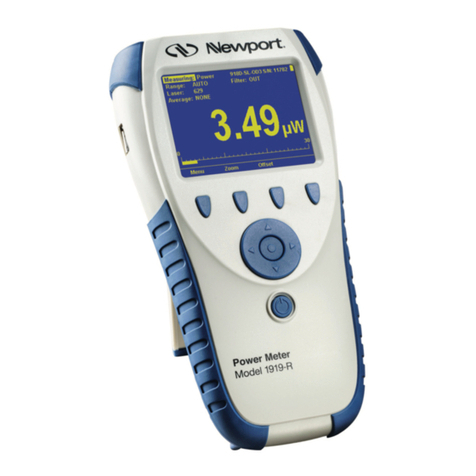
Newport
Newport 1919-R User manual

Newport
Newport INFINITY INFCR User manual

Newport
Newport LBP2 Series User manual
Newport
Newport OPHIR Photonics Spiricon Pyrocam IV User manual
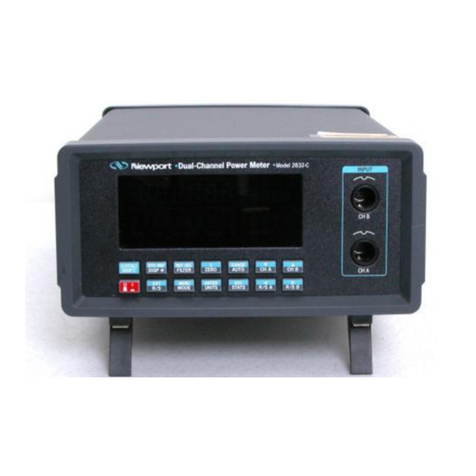
Newport
Newport 2832-C User manual
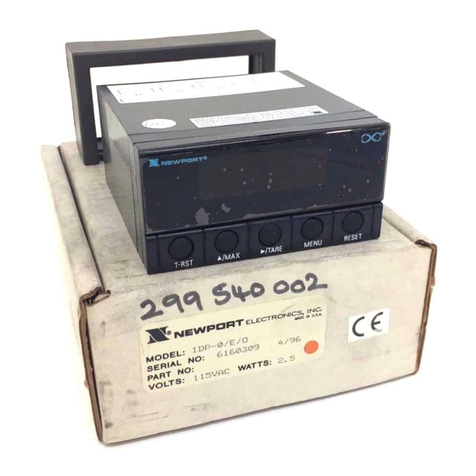
Newport
Newport IDP User manual
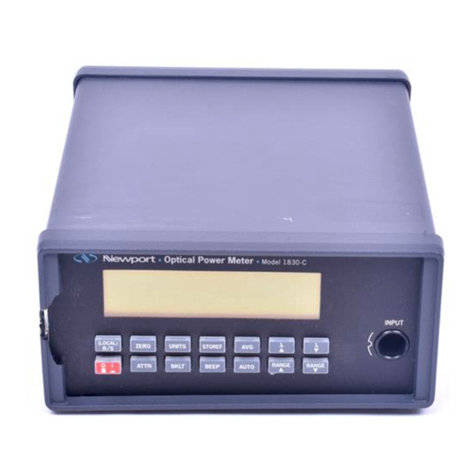
Newport
Newport 1830-C User manual
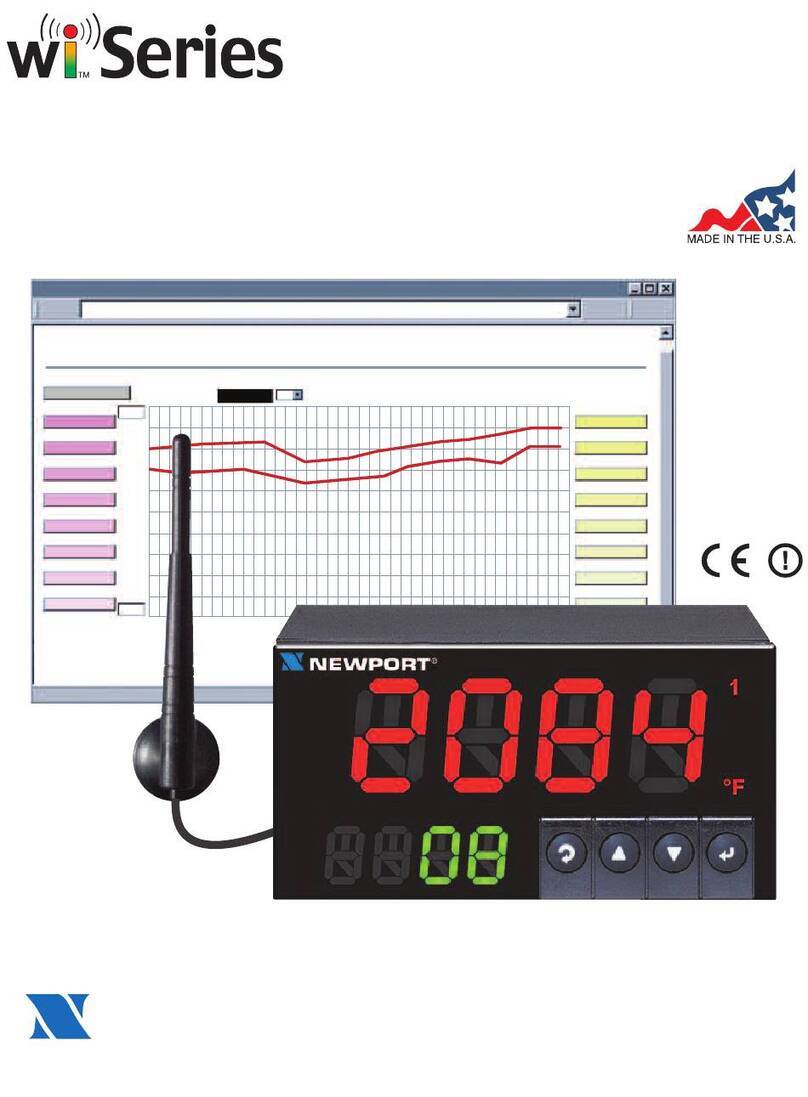
Newport
Newport wi Series User manual
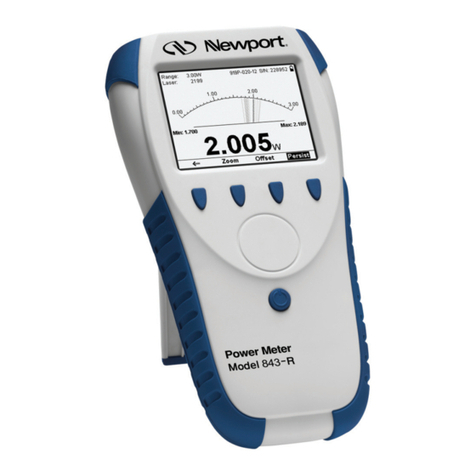
Newport
Newport 843-R User manual
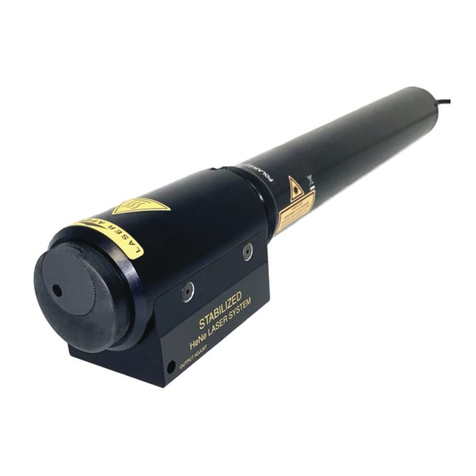
Newport
Newport N-STP-910 User manual

Newport
Newport 2835-C User manual
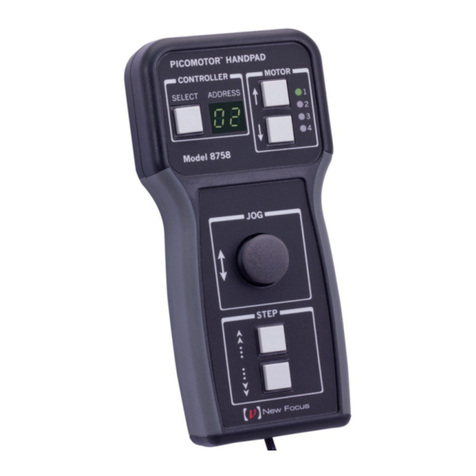
Newport
Newport New Focus Picomotor 8758 User manual
Popular Measuring Instrument manuals by other brands
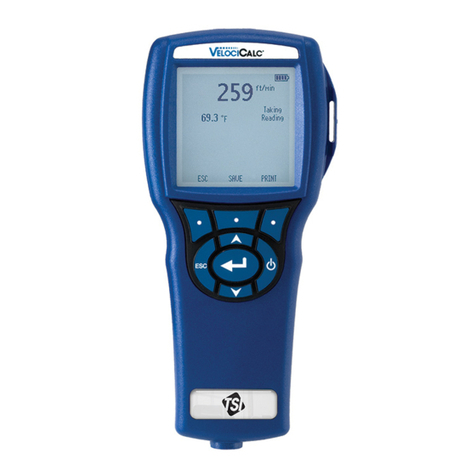
TSI Instruments
TSI Instruments VELOCICALC 9565-P-AC Operation and service manual

Tektronix
Tektronix Keithley 4200A-SCS user manual

Kanomax
Kanomax DALT 6900 Operation manual
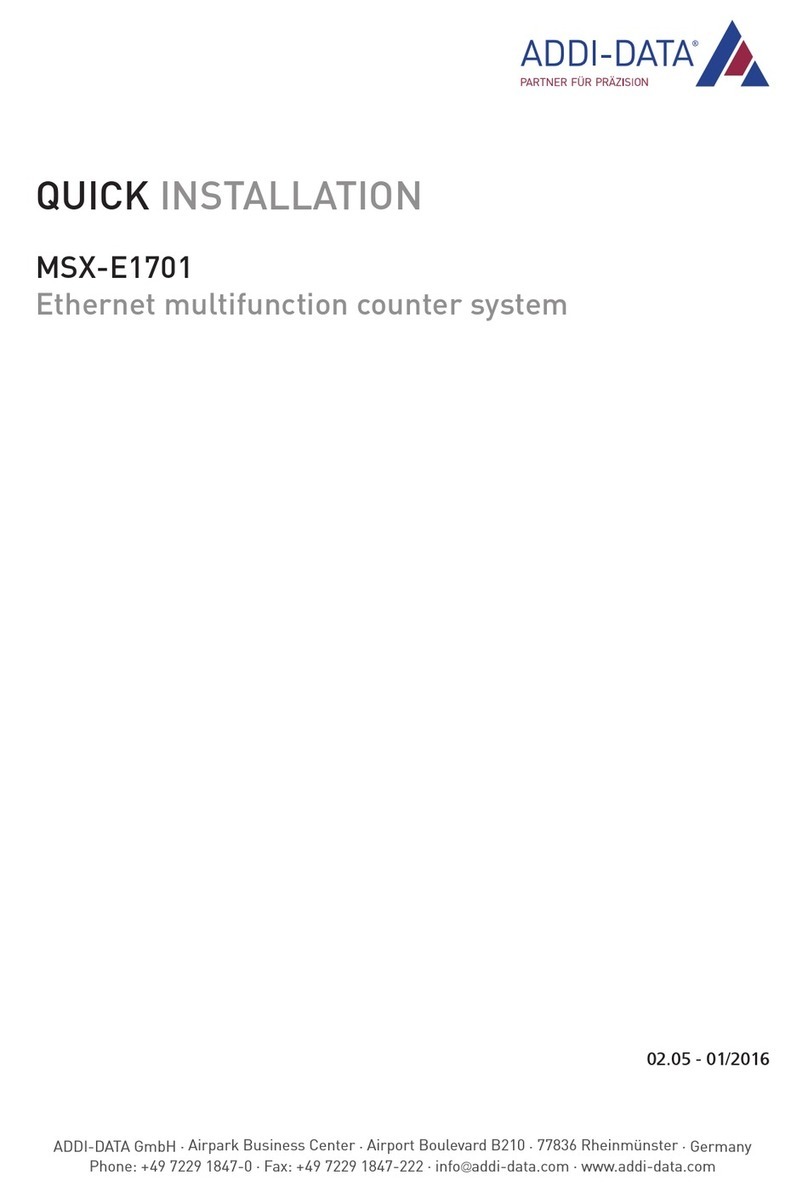
Addi-Data
Addi-Data MSX-E1701 Quick installation
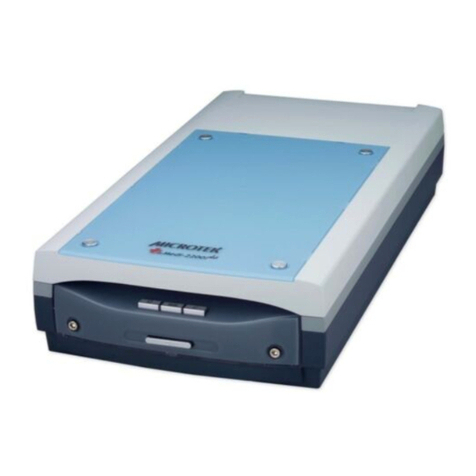
Microtek
Microtek Medi-2200 Plus user manual
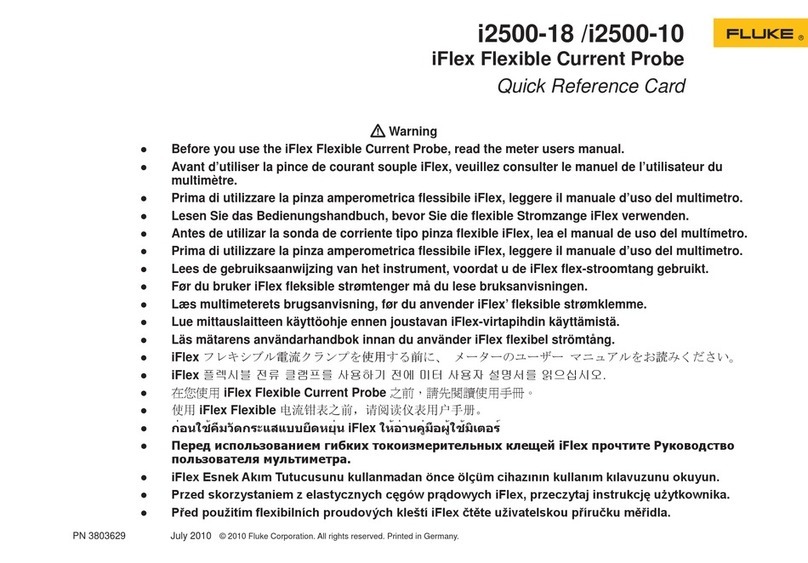
Fluke
Fluke iFlex i2500-18 Quick reference card
